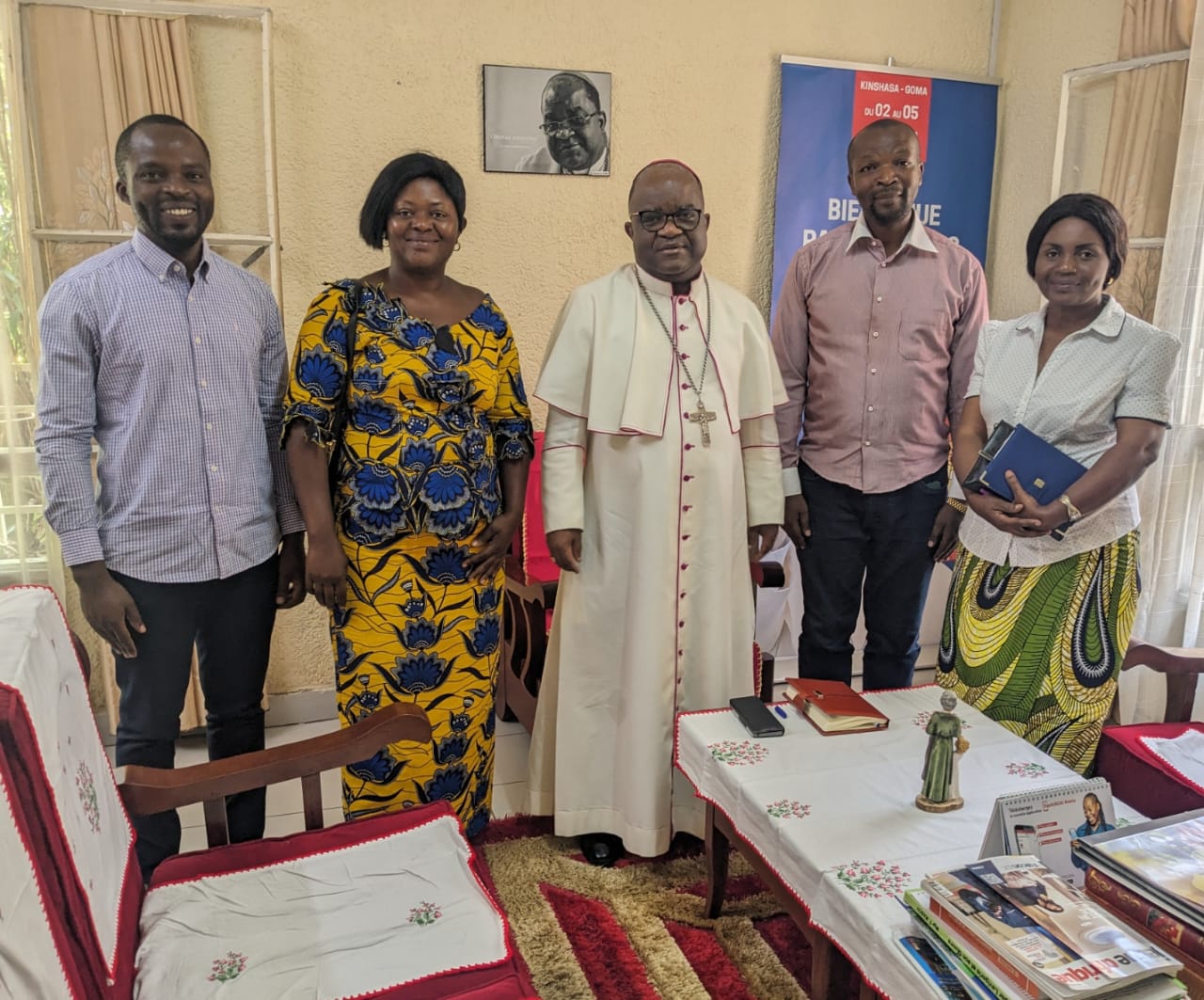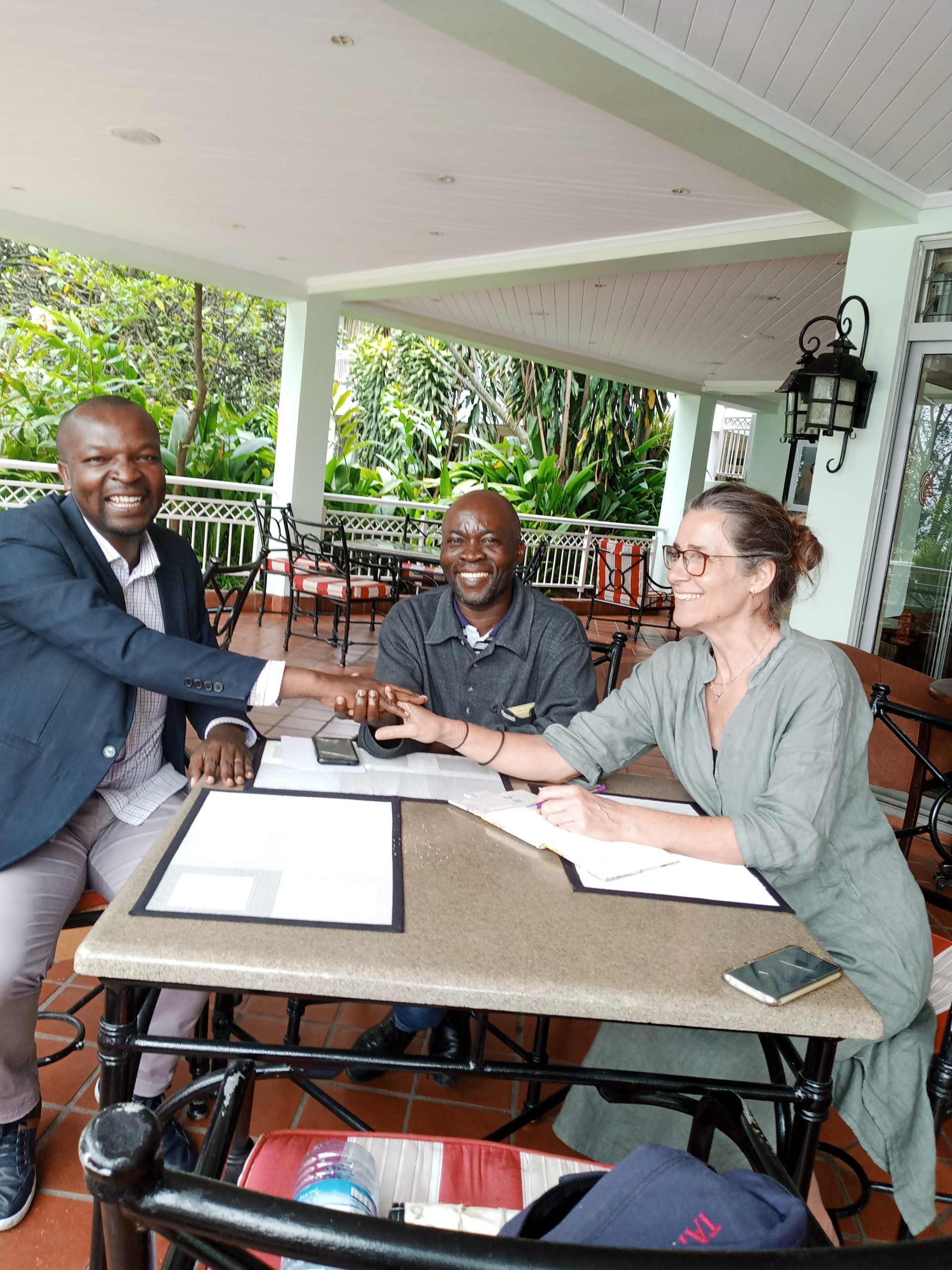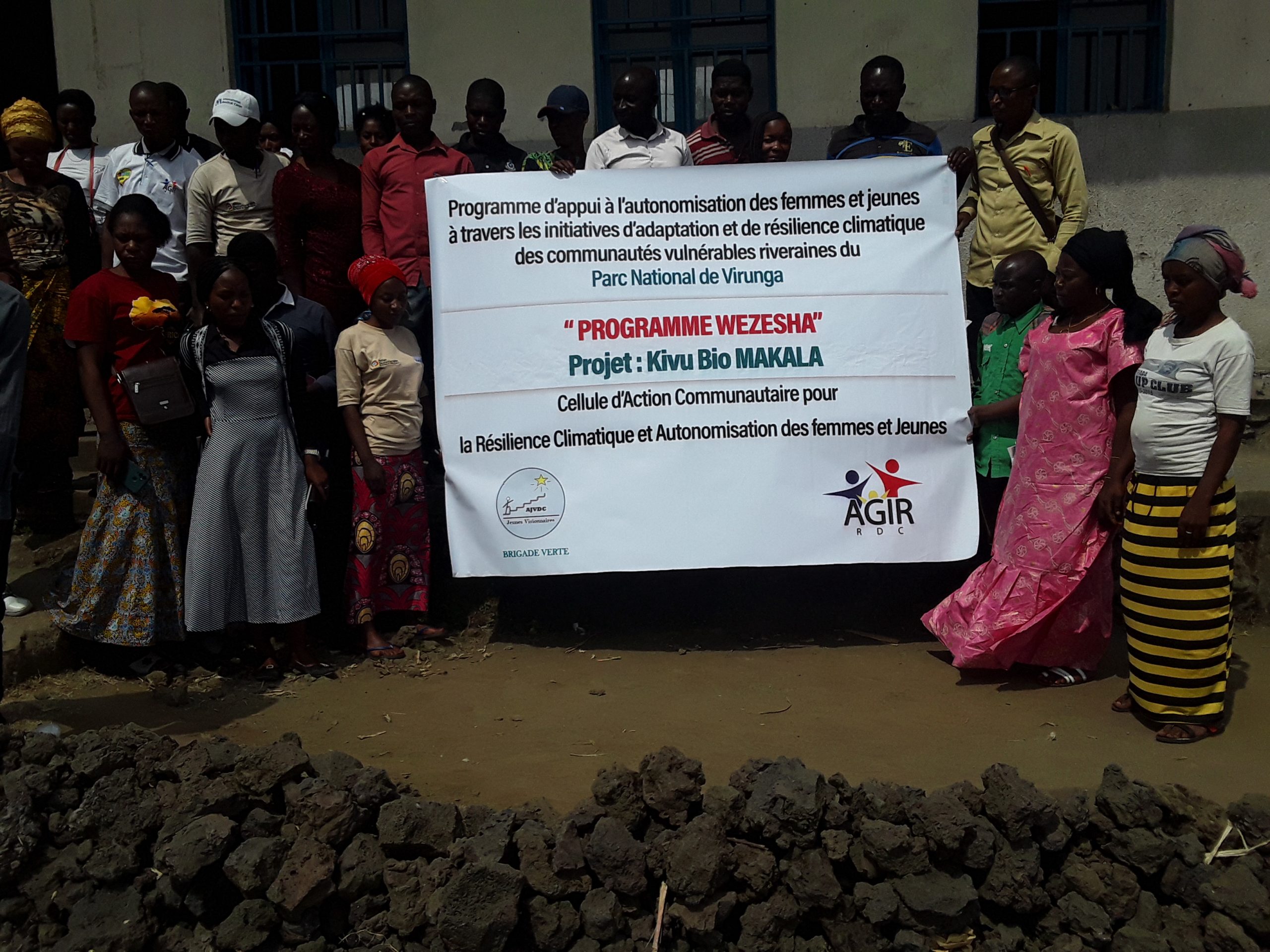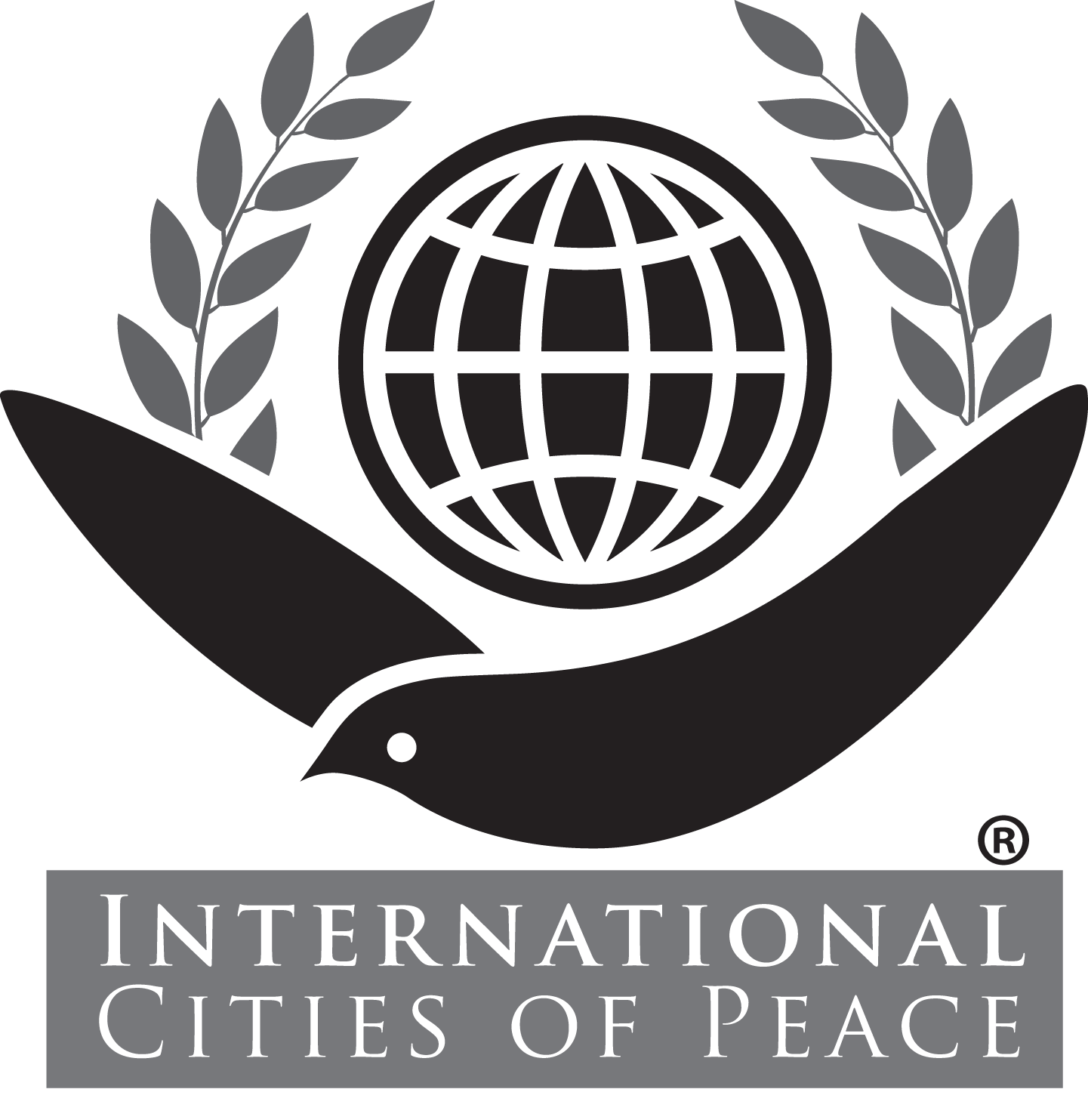| Community State/Province Country |
Democratic Republic of Congo
|
| Community Photo |
|

Full Name of Contact |
| Leon Simwerayi |
|
|
| Contact Email |
| peace4africa1@gmail.com |
|
Title of Project |
| Great Lake Peace Initiatives |
|
One to Two Sentence Program Vision |
We envision the African Great Lakes region where past divisions are healed, replaced by cooperation and shared prosperity.
Through empowering citizens and fostering dialogue, we aim to create a future where peace is not just the absence of conflict, but a foundation for a brighter tomorrow. |
|
Descriptions of Challenges |
| The African Great Lakes region grapples with a complex web of challenges that hinder stability and development. Here’s a breakdown of some of the most pressing issues:
Lingering Conflicts: The region has a long history of ethnic tensions and competition for resources, fueling violence in countries like DRC, Rwanda, and Burundi. Weak governance and unresolved issues from past conflicts like the Rwandan genocide create a tinderbox atmosphere. Instability and Weak Governance: Many countries suffer from corruption, lack of democratic institutions, and human rights abuses. This fosters an environment where grievances fester and fuel rebellions and violence.
Exploitation of Resources: The region is rich in minerals like coltan and gold, but their extraction is often unregulated and violent. Rebel groups and corrupt officials profit from this conflict mineral trade, perpetuating instability.
Displacement and Refugees: Decades of conflict have created millions of refugees and internally displaced people. These populations struggle to find basic necessities and safety, further straining regional resources.
Poverty and Lack of Infrastructure: The legacy of conflict and instability translates to widespread poverty and inadequate infrastructure. This lack of basic services like healthcare and education fuels a cycle of instability.
Environmental Degradation: The region faces environmental threats like deforestation, soil erosion, and pollution from mining. These issues threaten food security, water resources, and livelihoods, further straining regional stability.
Climate Change: The Great Lakes region is already vulnerable to climate shocks like droughts and floods. These events exacerbate existing challenges like food insecurity and displacement, creating a vicious cycle. |
|
Longer Project Description |
Great lakes Peace initiatives aims to Contribute to the reduction of tensions, instability and human rights violations in the countries of the Great Lakes (Congo, Rwanda, Burundi and Uganda) through activities that promise peaceful cohabitation and the improvement of economic, cultural and cultural exchanges. social relations between the populations of the Great Lakes countries
– Specific objectives of the project
1. Strengthen cross-border trade between Congo, Burundi, Rwanda and Uganda, in particular by providing technical support (entrepreneurship training), granting small subsidies – Micro credits and networking small economic operators (women and young people), micro, small and medium enterprises,2. Reduce stereotypes between the populations of the Great Lakes countries through the organization of events and activities that promise cultural exchanges and peaceful cohabitation of the entire population, in particular:
– Celebration of interdiocesan peace masses in the 4 countries of different religious denominations (Catholic, Adventists, Evangelicals, Muslim, etc.),
– Musical conviviality meetings (peace festivals)
– Sports meetings, create football, basketball, etc. Great Lakes championships (PAMOJA CUP)3. Advocate for the strengthening and relaunch of the activities of the CEPGL, ICGLR and other peace and development agreements or mechanisms and regional cooperation4. Conduct research on regional heritage and install immemorials, a library and a regional museum in order to promote the sharing of knowledge and an inclusive regional history
5. Promote environmental protection, resilience and climate adaptation and sustainable management of natural resources in the region of the Great Lakes countries through interregional programs of environmental education, sustainable management of watersheds, fight against erosions in the Lake Kivu basin and Ruzizi River, Sustainable management of plastic waste in Lake Kivu, Tanganyika and Ruzizi River. |
|
First Project Steps |
| The first step of Great Lakes Peace projects could focus on two key areas:
Building Trust and Dialogue:
Track II Diplomacy: Facilitate unofficial dialogues between government representatives, civil society leaders, refugees, and former combatants. This allows open communication outside of formal channels, fostering trust and understanding.
Truth and Reconciliation Commissions: Establish these commissions to create a platform for acknowledging past wrongs and promoting healing. This can help communities move forward and build a more peaceful future.
Cross-Border Peacebuilding Initiatives: Encourage joint projects on shared issues like environmental protection or economic development. This fosters cooperation and a sense of shared identity across borders.
Addressing Root Causes of Conflict:
Resource Management Reforms: Promote transparency and accountability in the extractive industries (mining, logging) to prevent conflict mineral trade. This will involve international collaboration and certification programs.
Supporting Good Governance: Provide resources and expertise to strengthen democratic institutions and promote human rights. This can help build trust in government and address grievances peacefully.
Economic Development: Invest in infrastructure and create opportunities for sustainable economic growth that benefits all communities. This reduces competition for scarce resources and fosters a sense of shared prosperity. |
|
Who the Project Impacts |
| The Great Lakes Peace Projects would ideally have a ripple effect, impacting a wide range of individuals and groups across the region. Here’s a breakdown of the potential beneficiaries:
Direct Participants:
Government Officials: Improved communication and trust-building exercises can foster regional cooperation and collaboration on shared challenges.
Civil Society Leaders: Enhanced capacity to advocate for peace and hold governments accountable can strengthen their role in peacebuilding efforts.
Refugees and Internally Displaced Persons (IDPs): Peace initiatives can create conditions for safe return and reintegration into their communities.
Former Combatants: Programs focused on reintegration and skills development can offer a path away from violence and towards a peaceful future.
Indirect Beneficiaries:
Citizens: Increased stability and security can lead to improved living conditions, access to basic services (healthcare, education), and economic opportunities.
Women and Children: Peace initiatives that address gender-based violence and prioritize education for girls can empower women and improve child well-being.
Business Community: A stable environment fosters economic growth, attracting investment and creating jobs.
Environment: Sustainable resource management practices can protect the environment and ensure a healthy future for generations to come.
Long-Term Impact:
The ultimate goal of Great Lakes Peace Projects is to create a lasting peace that fosters regional cooperation and development. This will lead to a more prosperous and secure future for all citizens of the Great Lakes region. |
|
Follow-up Phase II Steps |
| Following the crucial steps of building trust, fostering dialogue, and addressing root causes of conflict in Great Lakes region, the follow-up phase will focus on solidifying peace and promoting long-term development. Here are some potential areas for the next stage:
Institutionalization of Peacebuilding Mechanisms:
Establish permanent regional bodies for dialogue and conflict resolution. This will involve a Great Lakes Peacebuilding Commission or a Peace Council.
Integrate peace education into school curriculums to promote tolerance and peaceful conflict resolution from a young age.
Strengthen civil society organizations and empower them to advocate for peace and hold governments accountable.
Sustainable Development and Economic Cooperation:
Implement joint economic development projects that benefit all countries in the region. This could involve cross-border infrastructure development, regional trade initiatives, or shared resource management programs.
Promote investment in renewable energy and sustainable agriculture to address environmental concerns and create new economic opportunities.
Foster regional tourism initiatives that showcase the natural beauty and cultural heritage of the Great Lakes region.
Promoting Reconciliation and Healing:
Support community-based reconciliation programs that bring together former combatants and victims of violence.
Establish memorials and museums to acknowledge past atrocities and promote remembrance.
Promote cultural exchange programs and joint artistic endeavors to foster understanding and appreciation for the region’s diversity.
Ensuring Long-Term Stability:
Develop early warning systems to identify potential triggers of conflict and facilitate swift intervention to prevent violence.
Support regional security cooperation initiatives to address transnational threats like terrorism and organized crime.
Advocate for continued international support for peacebuilding efforts in the Great Lakes region. |
|
How We Measure Success |
| Measuring the success of Great Lakes Peace Projects requires a multifaceted approach, considering both short-term and long-term goals. Here are some key metrics to consider:
Process-Oriented Measures:
Number of participants: Track participation in peacebuilding workshops, dialogues, and reconciliation initiatives. This indicates growing engagement with the peace process.
Frequency and quality of interactions: Monitor the frequency and quality of communication between previously conflicting groups. Increased cooperation on shared projects is a positive sign.
Shift in attitudes: Conduct surveys or focus groups to gauge public perception of peacebuilding efforts and changing attitudes towards conflict resolution.
Outcome-Oriented Measures:
Reduction in violence: Track the number of violent incidents, fatalities, and displaced people. A significant and sustained decrease indicates progress.
Strengthened institutions: Monitor the effectiveness of government institutions, rule of law, and respect for human rights. Improved governance fosters stability and reduces grievances.
Economic development: Track economic indicators like poverty rates, job creation, and foreign investment. Increased economic prosperity creates a stronger foundation for peace.expand_more
Environmental sustainability: Monitor progress on sustainable resource management practices and environmental protection efforts. A healthy environment reduces competition for resources and promotes long-term stability.exclamation
Challenges and Considerations:
Long-term perspective: Peacebuilding is a long-term process, and success may not be immediately evident. Consistent monitoring and adaptation are crucial.
Context-specific approach: Metrics should be tailored to the specific context and priorities of each project. A “one size fits all” approach won’t work.
Data collection challenges: Collecting reliable data in conflict-affected regions can be difficult.expand_more Triangulation of data from multiple sources is essential for accuracy.
Additionally:
Community feedback: Regularly seek feedback from local communities to ensure projects address their needs and concerns.
Independent evaluations: Conduct periodic independent evaluations to assess the effectiveness and impact of peacebuilding efforts.
By using a combination of these metrics and addressing the challenges, Great Lakes Peace Projects will track progress and demonstrate their contribution to a more peaceful and prosperous future for the region. |
|
Community Photo 2 |
|

Community Photo 3 |
|

|
|
Description of Photos |
Photo 1: Meeting in Gisenyi, Rwanda of Mr Leon Simwerayi, Mr Justin Lwaboshi both from DRCongo members of youth civic engagement for peace organisation AJVDC and Mrs Jolanda from Nertherland member of organisation Peace Via Dialogue.
Photo 2: Organic cooking briquetes training session, with women and youth living around the Virunga National Park, in Women and Climate resilience and adaptation, Clean Cooking, Climate actions project. |
|
|
| Final Comment |
| Great lakes Peace Inititiatives is a Civil society organizations peace engagement for peace and stability in this great lakes region, We call from Friends of peace to support this initiatives. |
|
NOTE: The individual that filled out this application has testified that he/she will NOT use copyrighted information or photos for which they do not have permission. If information or photos used here are copyrighted, please contact us and we will immediately delete the copyrighted material. ® International Cities of Peace is a registered trademark of Cities of Peace, Inc. Trademarks include Inspire Peace™ and City-to-City Collaboration Program™. Safety, Prosperity, and Quality of Life: the Consensus Values of Peace (cc) by J. Frederick Arment is licensed under Creative Commons BY 4.0. To view a copy of this license, visit https://creativecommons.org/licenses/by/4.0 |




